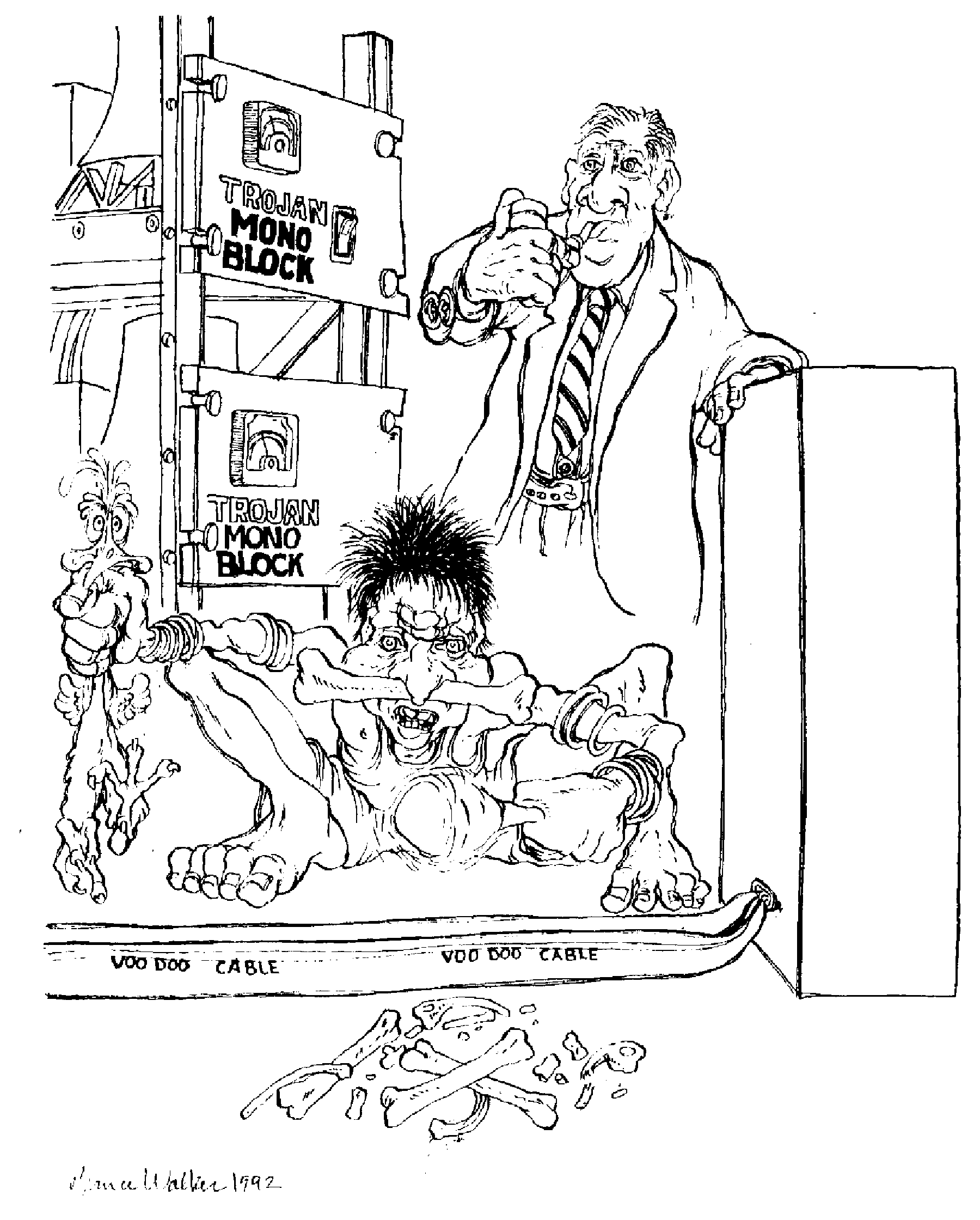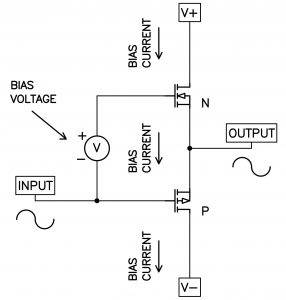What kind of a watch does James Bond wear? That's easy; everybody knows that, at least as written by Ian Fleming, it's a Rolex Oyster Perpetual. Now, what kind of a car does he drive? Odds are that, whether in a book or a movie, it's an Aston-Martin, a Lotus, a BMW, or a Bentley Mulsanne Turbo. Now, answer me this one: Did you know that a 1953 factory team Siata Spyder built for that year's Targa Florio road race would do 55 miles per hour (the then-current speed limit) at exactly the same speed as a 1962 Pontiac Bonneville? At least that was what my father said when he first saw the red Siata race car that I bought and briefly owned while still going to UCLA and living at my parents' home. (The Pontiac that my father was referring to was, incidentally, what he drove at the time.)
It's true, though; whether it's a Pontiac, a BMW, an Aston-Martin, a Lotus, or even an exotic Siata race car, my father was exactly right: Fifty-five miles an hour is still exactly the same speed, regardless of what kind of car is doing it and regardless of whether Roger Skoff or even James Bond is driving.
It's the same thing with that Rolex watch of James Bond's. High noon or any other time of day is exactly the same on a Rolex; a Timex; or any other brand or kind of watch—analogue or digital, wind-up, automatic, battery or solar. So why will people pay so very much more for the prestige brand?
Even though a Rolex (or, for that matter, an Omega, Bond's more recent choice) can cost many hundreds of times as much as a lowly Timex, it certainly doesn't keep that much better time. In fact, in the case of an electric versus a mechanical watch, exactly the opposite might be true. So why do people buy the more expensive timepieces? It's certainly NOT the performance.
In most cases, it's not the performance with cars, either, If you want to see exotic cars here in Southern California, just stand for a while anywhere on the "Mariner's Mile" section of Pacific Coast Highway in Newport Beach and watch: There, intermingled with the ubiquitous Mercedes; the Rolls-Royces, the Bentleys, and even the occasional Maybach making their stately way, you'll see Ferraris, Lamborghinis, McLarens, and even possibly a Koenigsegg or a Bugatti Veyron—all doing ten miles an hour or less in heavy traffic; the normal speed and condition for the area.
Aha, you say, but at other times they take them out on the freeway and run them at speed, right? Wrong. Nobody wants to do 200 miles an hour on the freeway or even fly flat-out through the canyons. Most are neither skilled enough nor brave enough, and besides, if anyone were actually foolhardy enough to try it; when they caught him, there would likely not only be fines, but jail time.
The fact is that, at least here in the United States, at least for the great majority of people, automotive exotica is purely jewelry. That it's not serious transportation can easily be seen in the duPont Registry, which bills itself as "A Buyer's Gallery of Fine Autos, Homes, Boats," and is where to go to buy such things used, and where you'll find that few if any of the cars at offer have more than just a very few miles on them.
Like jewelry, including all those high-priced watches, they're a way to show off the wealth of their owners, and to inspire admiration for those owners and lust for the products, themselves, among the mere mortals who will never be able to afford them. And it WORKS! And that finally gets us to the subject of Hi-Fi.
In High End Hi-Fi, we also have our own exotica, sufficient to satisfy any rich man's desires: If you decide you need a pair of the limited edition 25th anniversary Goldmund Apologue speaker systems (assuming that they all haven't been snatched-up by now), it's going to cost you a cool half–million US dollars (US$500,000)—more than the great majority of super-expensive cars of any type, model, or marque. Or, for only US$263,000, (HERE) not much more than the cost of a 2015 Lamborghini Huracan, you can buy the MBL 101 X-Treme speakers. And there are a good many more out there: In fact, Robert Harley, Editor of the absolute sound, one of High End audio's most influential publications, wrote (A/V Guide March 16th, 2010) that there were 35 brands and models of speakers, even then, that were more expensive than his benchmark Wilson X-2 (US$158,000), and that they ranged in price from a top figure of some US$2 Million, to US$ 1 Million, to US$500,000, to a whole group in the range of US$350,000, and on down from there..
The difference between these speakers and the other luxury items I've been writing about is that if you tell someone that you drive a multi-hundred thousand dollar car, they may think that you're crazy, or extravagantly ostentatious, but they'll know that you're rich and wish that they could be the same. If, on the other hand, you tell someone that you have a US$100,000 HiFi system (not just the speakers, but the entire system) they'll just think you're crazy.
The other difference, though, and the one that people seem never to think about, is that—even despite the Law of Diminishing Returns (which I wrote about elsewhere as a new sort of Inverse Square Rule)—when you spend enough money to buy the equivalent of 200 MPH performance in High-End audio, you not only can use it, but you do use it every day, on every kind of music, at any volume level. A Bugatti Veyron 16.4 Super Sport may very well be able to do 267 MPH, as claimed, but at 55, it's still only doing 55, just like a 62 Pontiac, and the rest of your US$2.5 million purchase price has bought you looks, potential, and a name to drop, but not much more.
The fact of it is that we are NOT crazy; we DO have reason for our extravagant High-End purchases even beyond their "show-off" value and bragging rights, and if other people knew and understood that, they might even want to join our ranks.
That they don't, now, might just be a PR problem: Maybe we should get the people who own the rights to Ian Fleming's famous character to make James Bond a High-End audiophile, with an impressive list of to-die-for components that everybody can recite from memory. Maybe then, when someone asks what our system cost us and we tell him, and he looks at us funny, we'll be able to look at him funny, and ask why he doesn't have one, too!








































